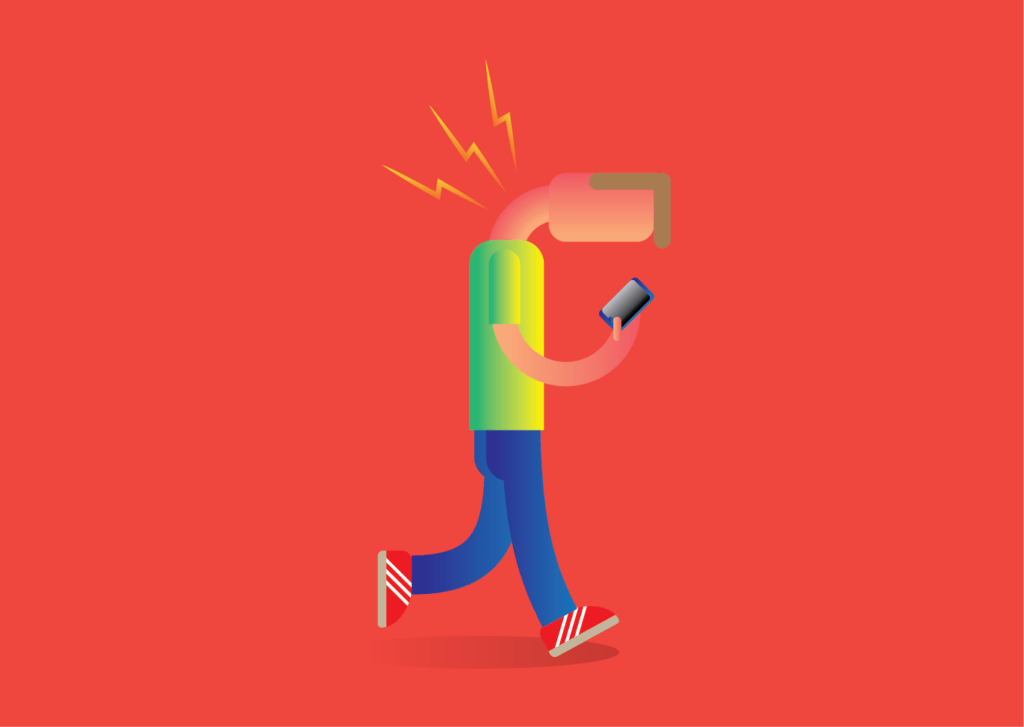“My entire life is on my laptop. If it crashed right now, I would go insane!” Sounds familiar? Technology and all its devices are the lifelines for this new generation. But millennials are not the only ones to have become victims of technology. We are all guilty of overusing and becoming way too dependent on technology in our everyday lives, and unfortunately, its effects have started to show in our physical bodies.
The constant connection to mobile phones, laptops, and tablets can cause short-term and long-term physical health problems. Our bodies are quickly showing signs of digital wear and tear. However, millennials are the most digitally connected population in history. Studies have shown that the average millennial spends up to 18 total hours per day using digital media. As a result, health problems such as neck and back pain are increasingly common amongst this generation.
Findings in the research of back pain causes have shown that technology has become a real source and ongoing threat to the health and wellbeing of people’s neck and backs, with a rise in the number of young people affected. Health professionals blame the increase in back problems among young people on the amount of time they spend sitting at a desk, often in front of a computer screen. This kind of sedentary lifestyle can lead to other physical problems as well.
Leading Causes Of Back & Neck Pain
Forty percent (40%) of 11 to 16-year-olds in the UK have reported back and neck problems associated with the excess use of electronic devices, such as laptops, tablets, mobiles and game consoles. These causes and effects, however, are by no means restricted to young people. Studies show that 50% of office workers have upper back problems and 56% workers have neck pain. Given its frequent occurrence, this condition has been popularly termed ‘Tech Neck’.
Tech neck is one of the most noticeable effects of using digital media, mainly cell phone for long periods of time. Over time this poor posture can increase wear and tear on the spine. When using most electronics, the head is positioned down putting a lot of tension into the trapezius (traps) muscles, which support your head, spine and shoulder blades. With long-term usage, this bad posture eventually causes significant stress and pain to the area.
Also while using technology, your hands are typically close together in front of you, for example when using a keyboard or smartphone. Your shoulders tend to follow your hands, meaning when close together, you’re prone to hunch over, causing pressure and tension to the back and shoulders. When combined with the strain on your traps from looking down, these stresses can cause pain and discomfort in the back and neck.
Reduce Back Pain
New findings from the British Chiropractic Association highlight the high number of persons (1-in-5) that started experiencing neck or back pain before the age of 20 as a direct result of the excessive use of electronics. But a recent survey of UK residents revealed that even though most persons cited the use of laptops and other digital devices as the reason for their back and neck pain; only 15% said they would limit their computer use as a result. What then?
Younger Chiropractor Clinic suggests that instead of trying to eliminate technology from our lives completely, we should have frequent tech detox periods. This means restricting the use of phones, laptops and other digital devices while eating out or at home and also banning phones from the bedroom. How many of us could commit to this?

